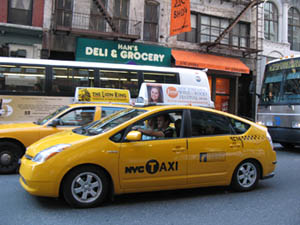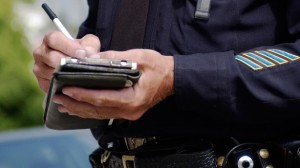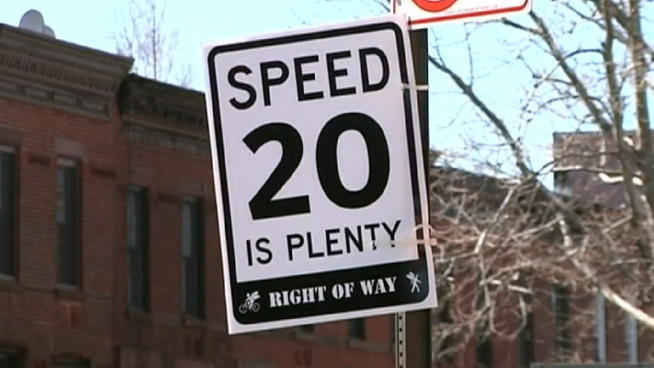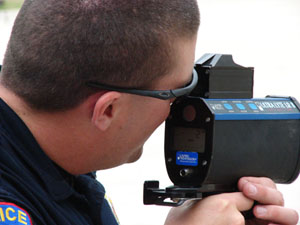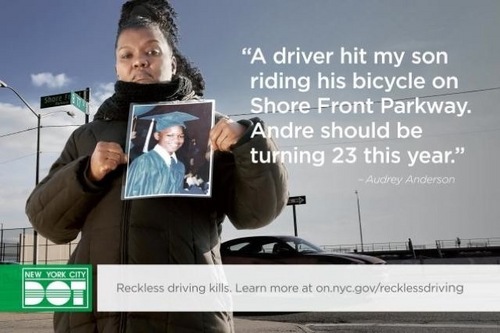A question that most drivers want an answer to is: Are traffic cameras always accurate?
One Manhattan judge certainly does not think so!
State Supreme Court Justice Geoffrey Wright recently received a NY traffic ticket for driving in a bus lane. However, he is convinced that the camera was not accurate.
Although the fine is only $115, Justice Wright is fighting this one on principle.
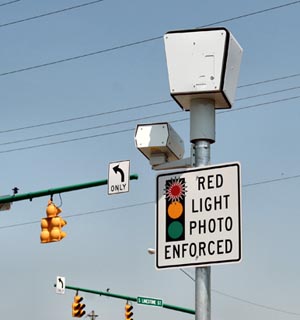
According to Justice Wright, he was driving a 2005 Mazda MZ6 that was registered to his 94-year-old mother when he was caught by a traffic camera on 23rd Street.
He claims to have photos from the ground to prove he was just to the left of the designated lane. These photos show two bus lanes on First Avenue with manhole covers visible in those spaces.
Wright contends that his car was to the left of those manholes, so he could not have been in a bus lane.
Interestingly, the city’s camera images that are attached as exhibits to the lawsuit are too blurry to make out exactly where the Mazda was in relation to the lanes—casting further doubt on the reliability of some NY traffic cameras.
However, in spite of this, Mayor de Blasio wants the New York Legislature to allow for the installation of even more traffic cameras.
It is lawsuits like this that really call into question the veracity of red light cameras and traffic cameras generally.
It seems that the picture and video quality on traffic cameras is usually good enough to detect that a specific car was in violation of a vehicle and traffic law. However, determining the driver of that vehicle is much harder.
Similarly, in order for red light cameras to be accurate, the speed at which they take photos and videos needs to be within milliseconds.
Ultimately, although courts throughout the country have universally accepted the accuracy of traffic cameras, there still seems to be enough wiggle-room to take Justice Wright’s lead and stand up against them.
